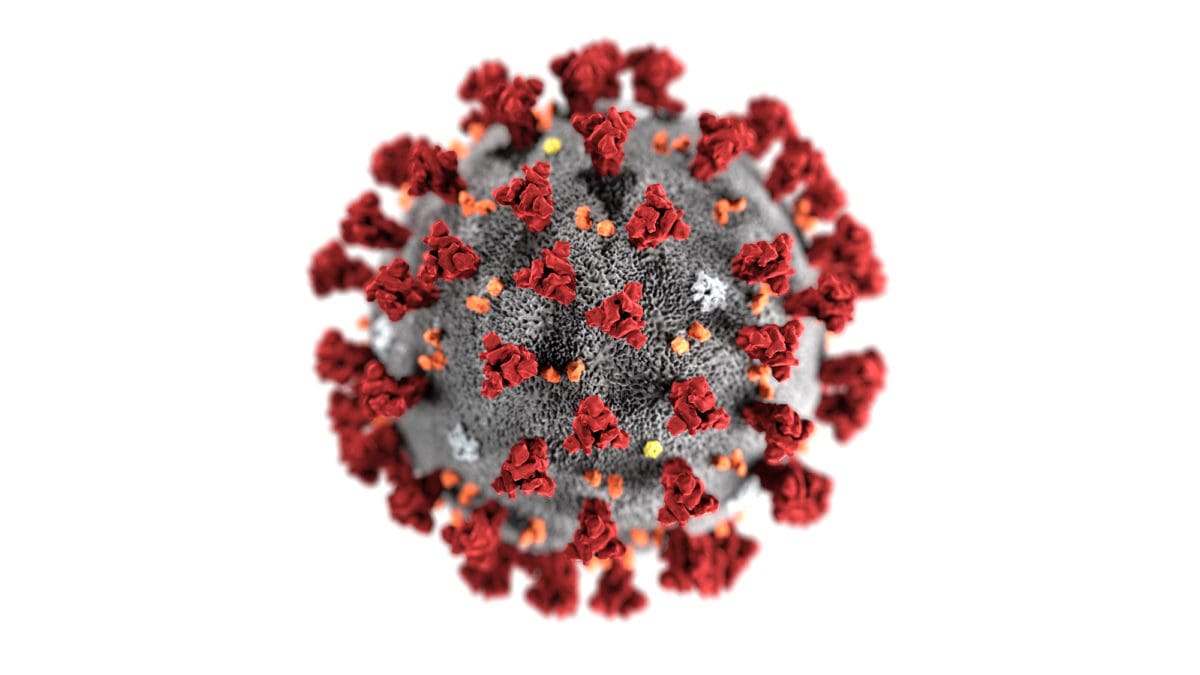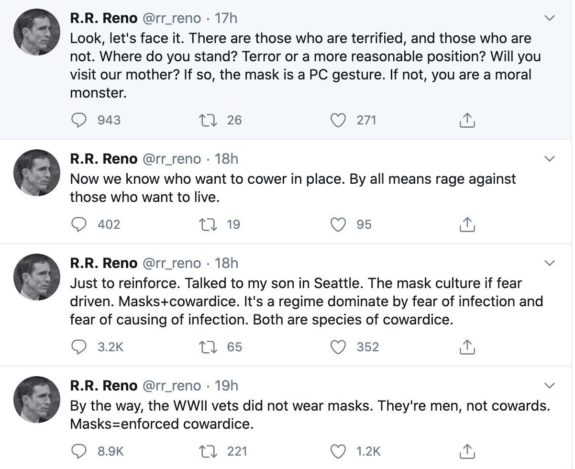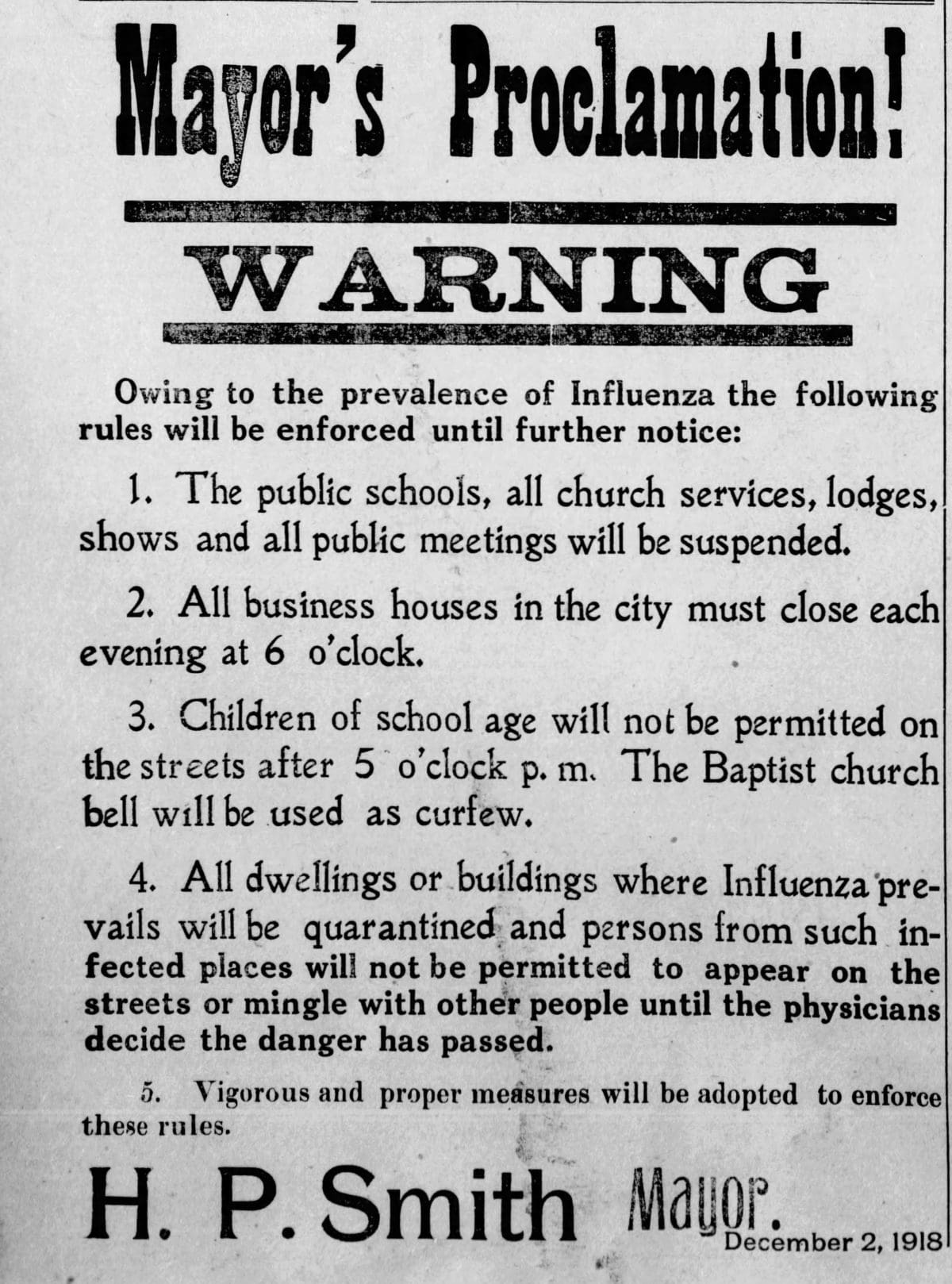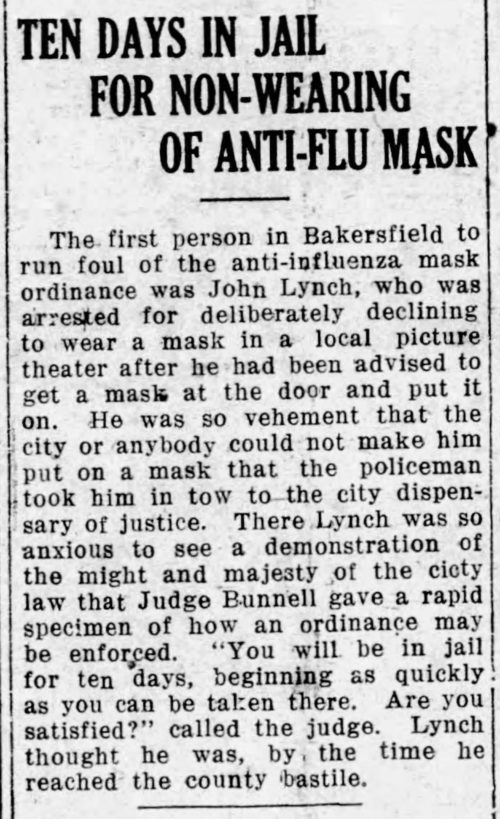I’ve been talking about it for awhile. I’m just one of many. First Things, the magazine that calls itself “America’s most influential journal of religion and public life,” is struggling. For me, it started with a broadside against the very reasonable David French by Sohrab Ahmari about a year ago. And then of late, the editor of First Things, R.R. Reno, has used the magazine to carry on a war against social distancing and most recently face masks. Yesterday, the crescendo was this series of tweets, now deleted from Twitter.
Reno today deleted his account from Twitter and did not file a daily Coronavirus diary on First Things as he has done most days during the pandemic.
By the way, in fact soldiers did wear masks. Or at least these recruits did during the 1918 Spanish Flu pandemic.
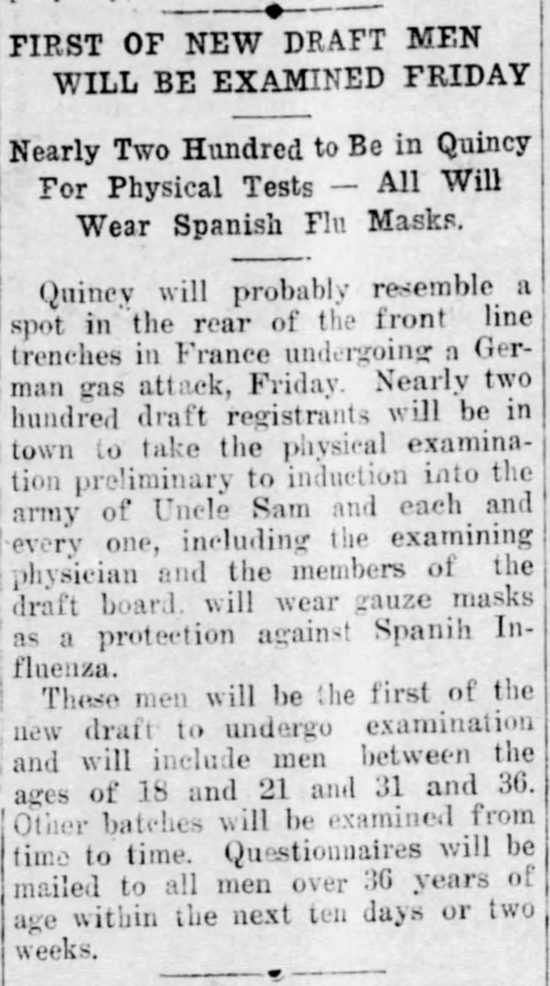 Others have noticed. Evangelical historian Thomas Kidd tweeted earlier today.
Others have noticed. Evangelical historian Thomas Kidd tweeted earlier today.
Once the top intellectual outlet for religious traditionalists; now trashing people for trying to protect the ailing and aged from COVID-19. Has any American periodical ever fallen so far? #firstthings #ProLife
— Thomas S. Kidd (@ThomasSKidd) May 14, 2020
As I read editor Reno, he seems preoccupied with fear. He almost seems afraid to be afraid. In his tweets and articles, fear is the worst thing. Wearing a mask is a sign of cowardice to him. While I understand that fear is a negative emotion, some things should be feared. Fear is a natural part of our ability to adapt and respond to the demands of life. Fear can focus us on what is important.
In his war on fear, Reno has taken liberties with both history and science. In prior articles, Reno said in past pandemics, American citizens didn’t stop their gatherings, football games, and church services. Not true. In the 1918 Spanish Flu pandemic, many of the very same measures being taken now were taken then.
In his Coronavirus journal entry on May 12, Reno wrote:
Experts estimate that one-third of the residents of New York City have had the disease—a collective condition that makes it nearly impossible for an outbreak of significant magnitude to sweep through the city again. Yet we’re locked down, with no end in sight.
Actually, experts estimate that it would take 60% of the population to be infected for herd immunity to prevent an outbreak. In fact, we don’t know for certain that immunity occurs in all cases of COVID-19, and we don’t know for sure that the antibody tests are reliable. Even if they are and 30% is a valid number, that still isn’t adequate.
First Things once cared about accuracy. There are still good people writing there (e.g., Carl Trueman), but I do agree with Thomas Kidd’s assessment about the publication as a whole and hope for a reset.
